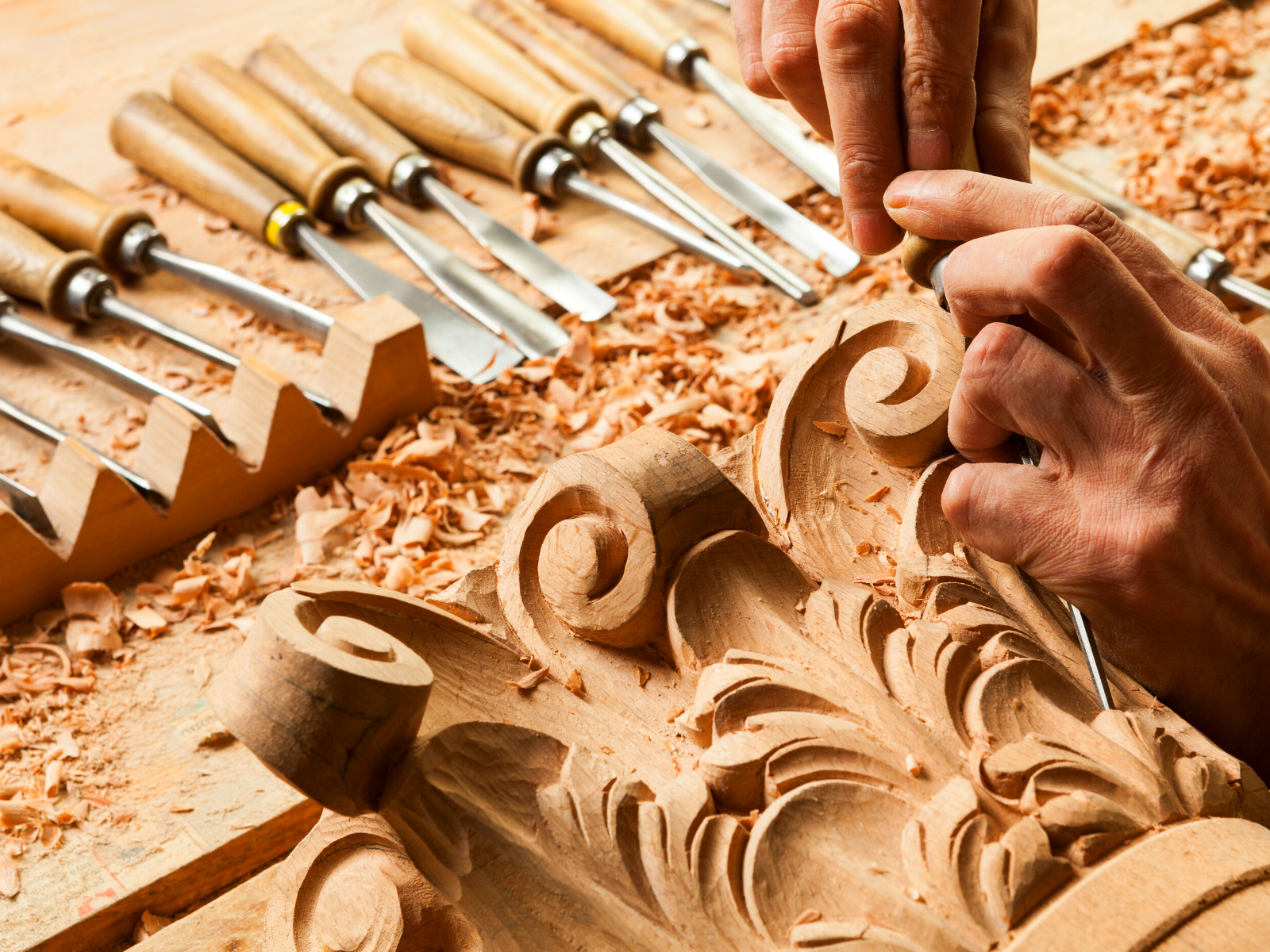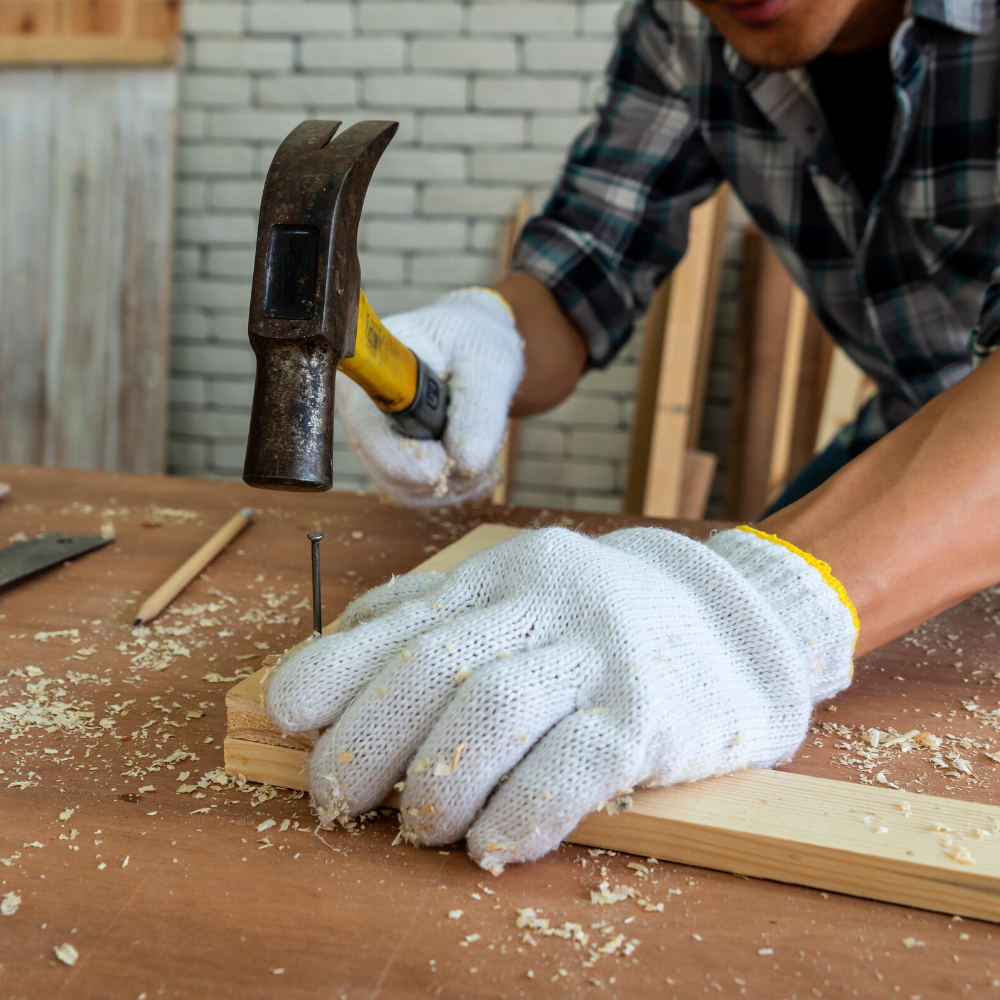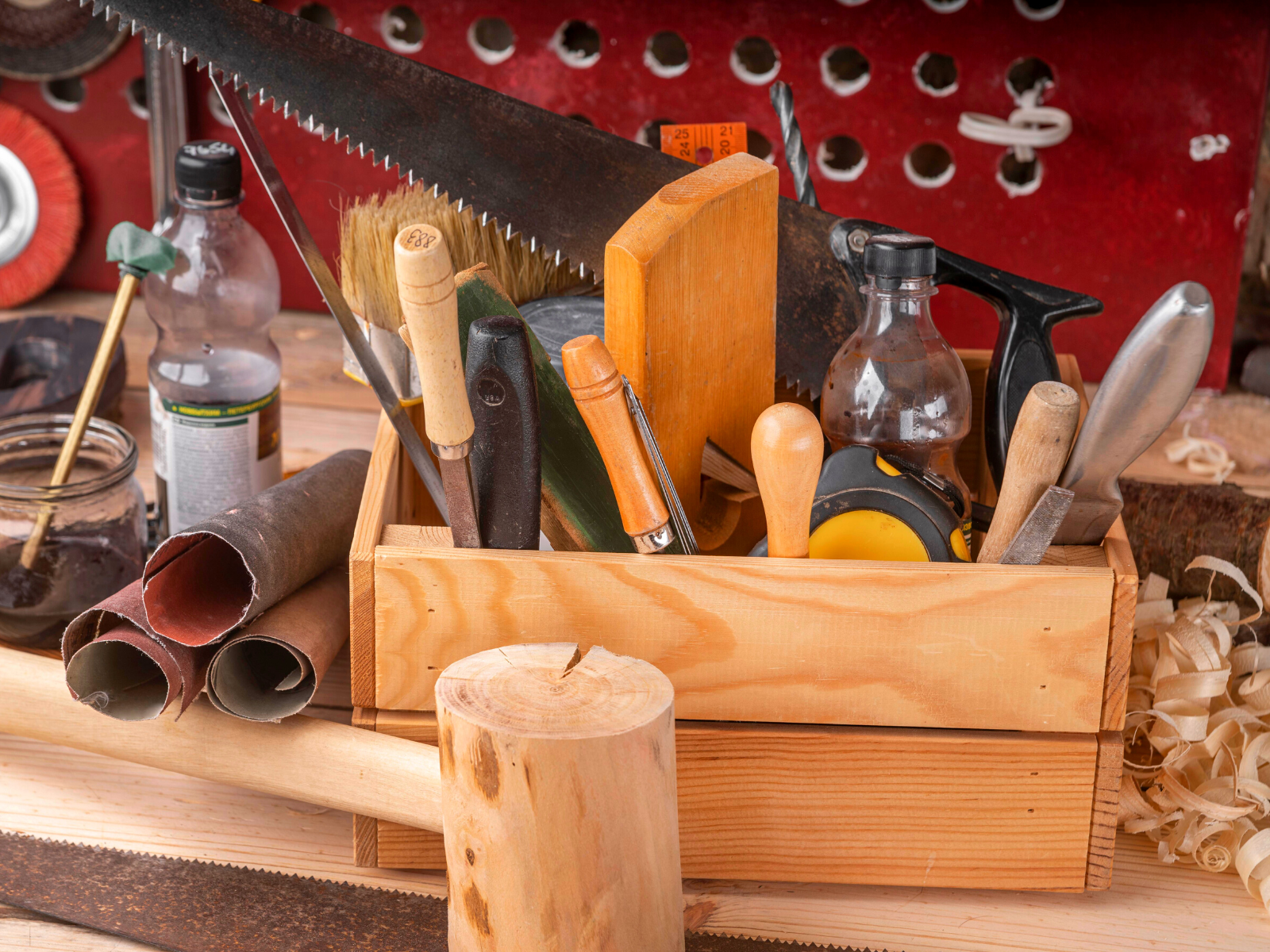Are you looking for a unique and rewarding DIY experience?
If so, woodworking is an amazing way to break into the world of crafting!
There's nothing quite like the satisfaction of crafting something beautiful with your own two hands; woodworking is one such activity that can provide this feeling of accomplishment.
From building furniture to creating decorative pieces, woodworking is a creative and fulfilling hobby that anyone can learn.
Whether seasoned professionals or beginners just starting out, woodworking can be an incredibly satisfying hobby.
If you're interested in starting woodworking but don't know where to begin, this guide is for you!
We'll explore the basics of woodworking, the tools you need to get started, and some tips and tricks to help you create beautiful and unique pieces of art.
With its endless possibilities, including creating furniture, sculptures, décor pieces and more - there's no limit to what you can build!
Let's take a look at how anyone with access to basic tools can make something that's truly jaw-dropping in the form of a one-of-a-kind handmade masterpiece.
It's time to jump right in and explore all the wonders of woodworking!

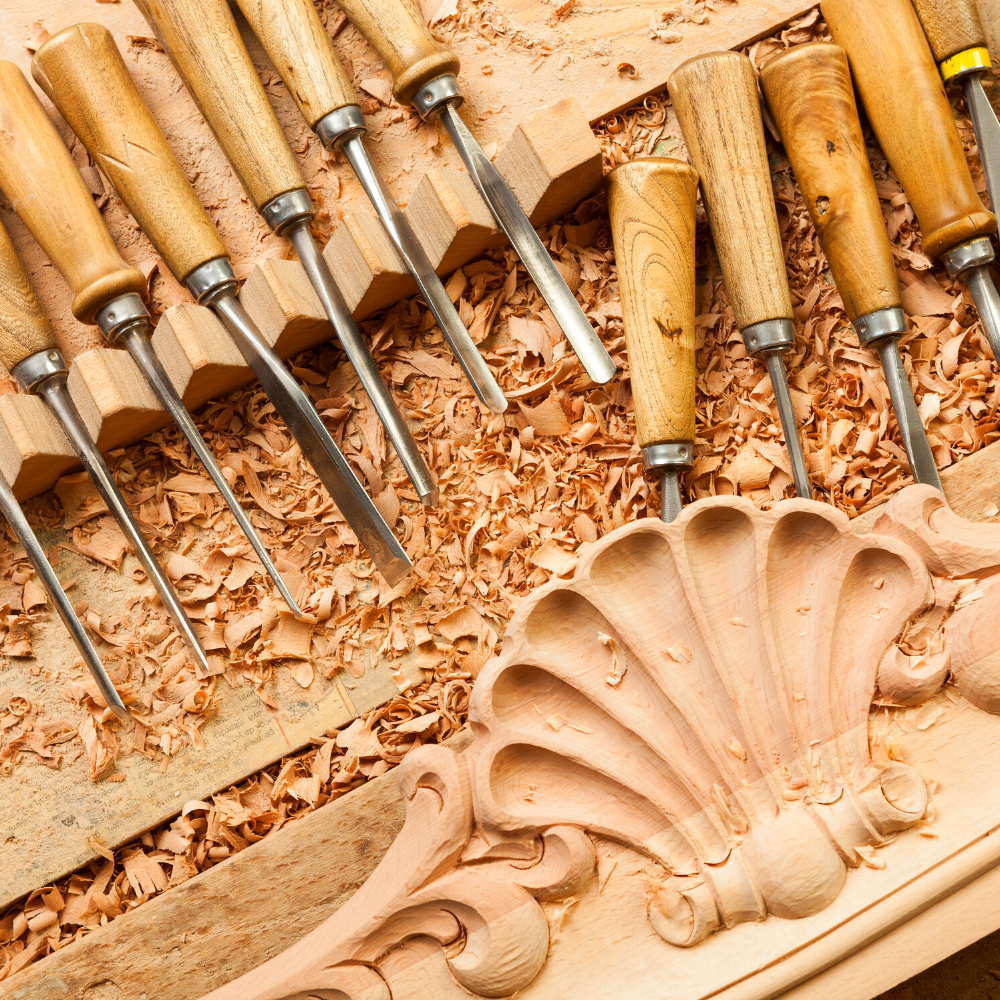
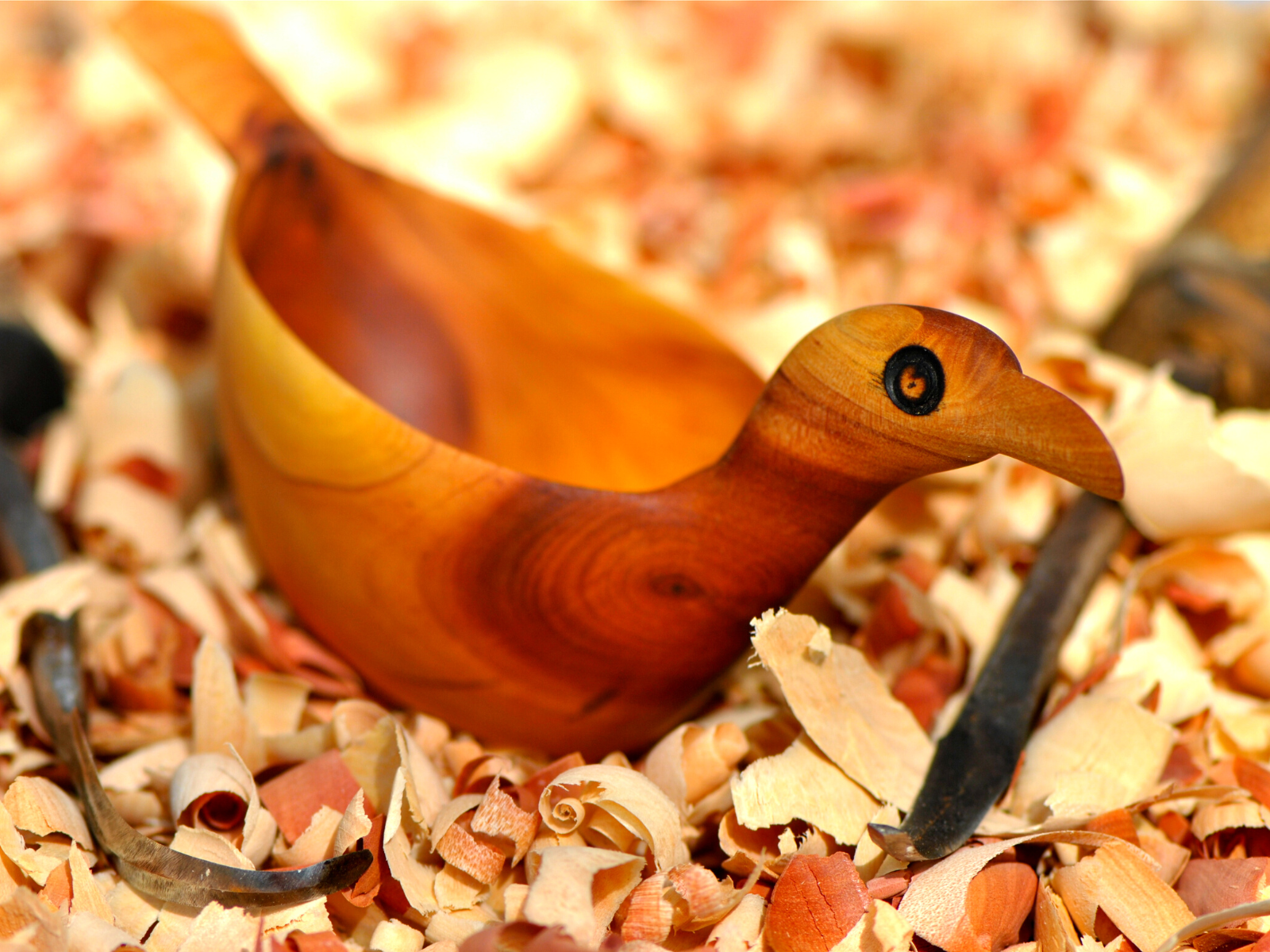
Woodworking Basics
The basics of woodworking are relatively easy to understand.
Whether wood carving, turning, or joinery - all of these techniques require the same fundamental knowledge, and you'll need a few basic tools like saws, drills, chisels, hammers, and sandpaper.
When crafting with wood, you'll need to understand the process of joinery, which involves connecting one board with another, and the importance of working with a flat surface for precise cuts.
Learning how to use a variety of saws and tools is essential for creating beautiful wooden pieces.
You'll also need to know how to properly sand and finish your work to create a professional-looking result.
You'll also want to become familiar with different types of wood, their properties, and how they react to different treatments.
For example, softwoods like pine are often used in furniture pieces, while hardwoods like maple are used for decorative accents.
Straight grain woods like oak are ideal for creating robust and durable furniture pieces.
Also, white oak is an excellent choice for outdoor furniture since it's resistant to rotting and warping, whereas musical instruments are typically crafted from maplewood.
The type of wood you choose will determine the strength and beauty of your piece, and it is closely tied to the tools and techniques you use.
Other materials like metal, wood veneer, and plywood may also be used in your projects.
You'll also need to learn how to properly measure, cut, join and finish wood.
It's also important to study up on safety, as proper safety precautions are essential for all woodworking tasks.
Once you have the basics down, you'll be ready to embark on your woodworking journey.
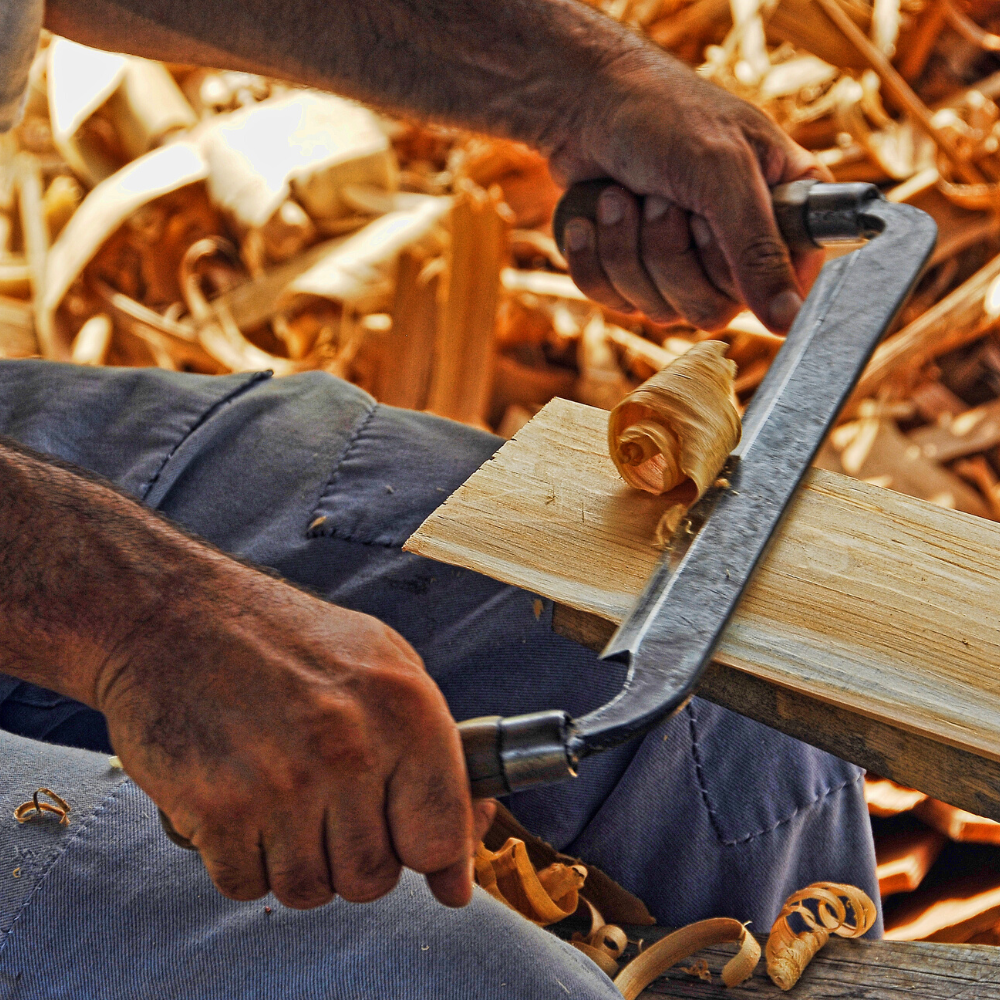
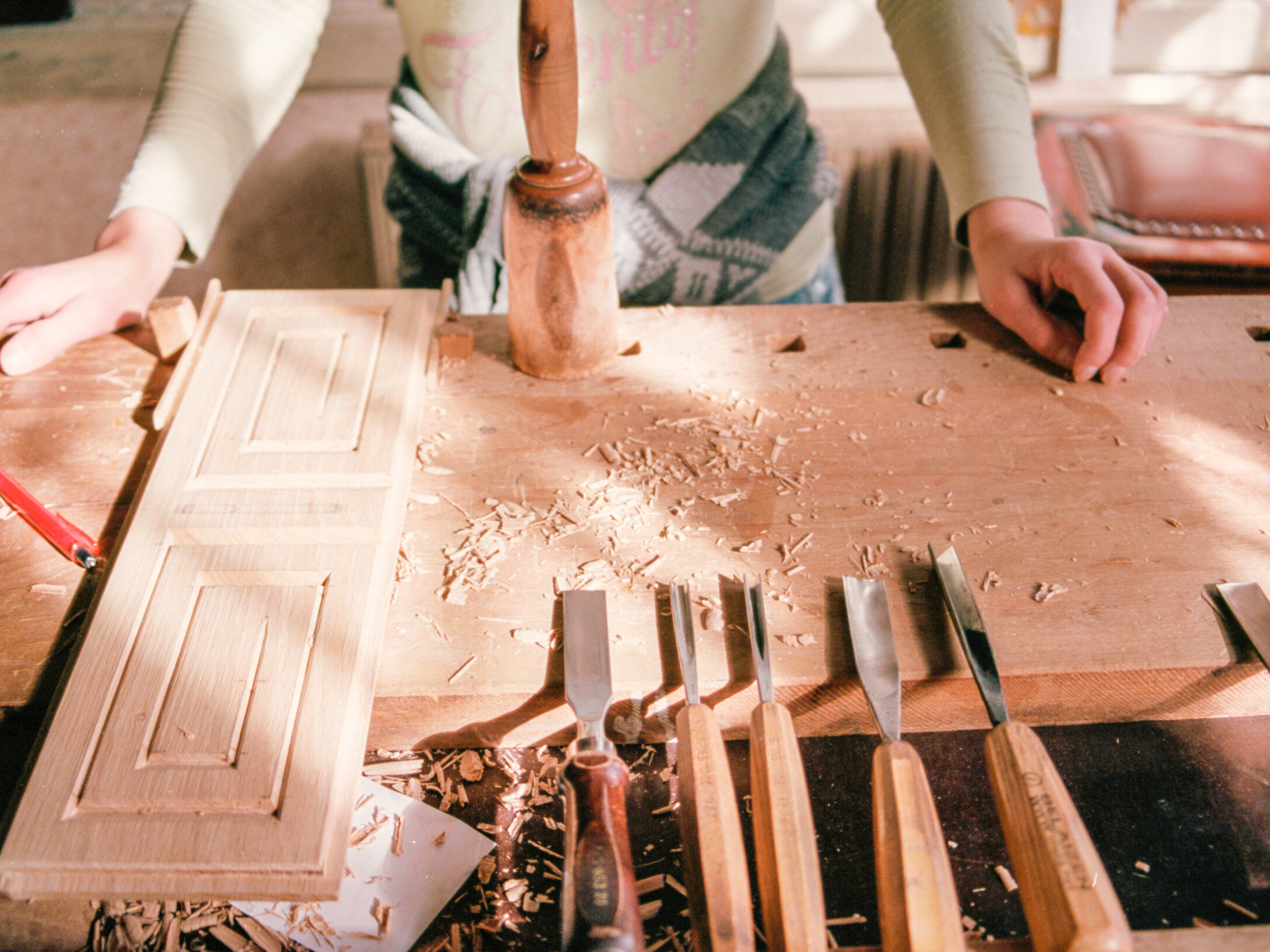

Types of Woodworking
There are two main types of woodworking: hand tools and power tools.
Hand tools are traditional tools that have been used for centuries.
They are simple to use, require little maintenance, and can be used anywhere.
Some examples of hand tools include chisels, hand planes, saws, sandpaper, and hammers.
Power tools, on the other hand, are motorized, modern tools and require a power source and electricity.
This modern technology can be used for faster and more precise work, allowing you to create complex pieces in less time.
Some examples of power tools include drill presses, table saws, and routers.
No matter what type of woodworking you choose, both hand tools and power tools can be used to create fine woodworking pieces.
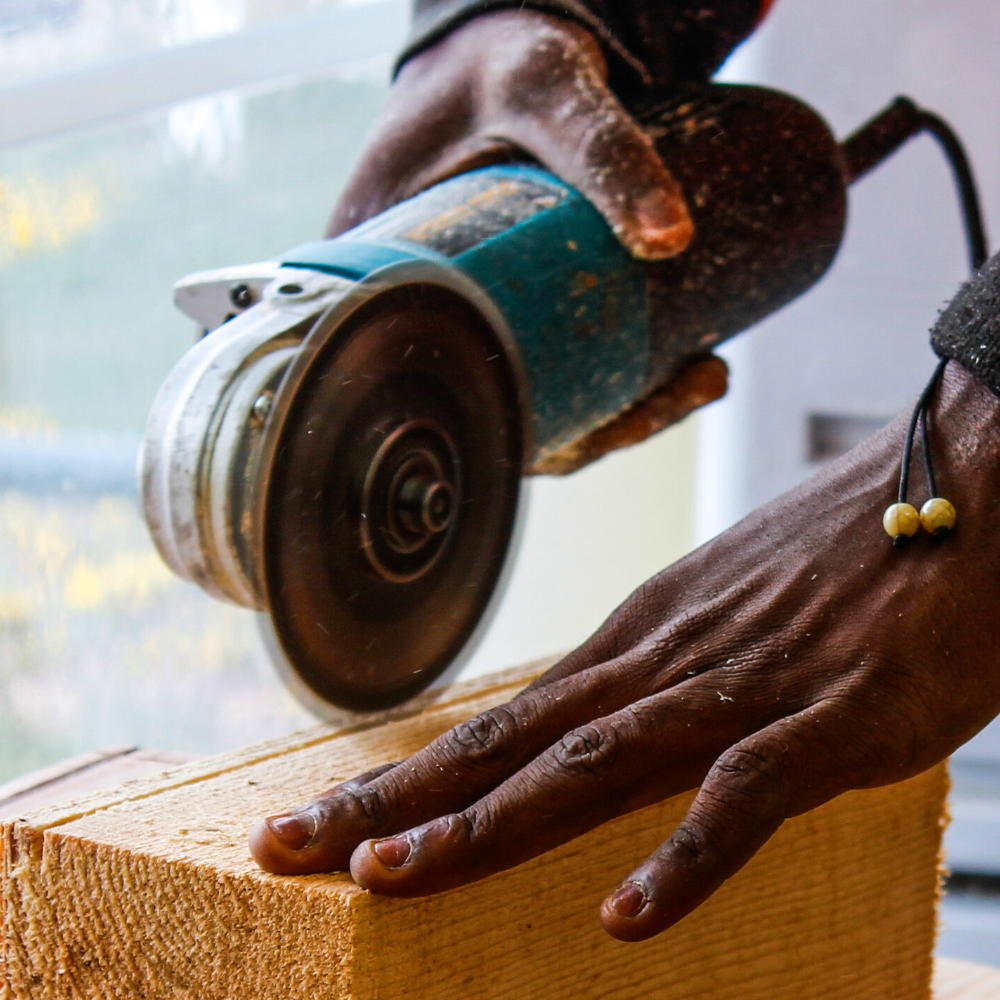
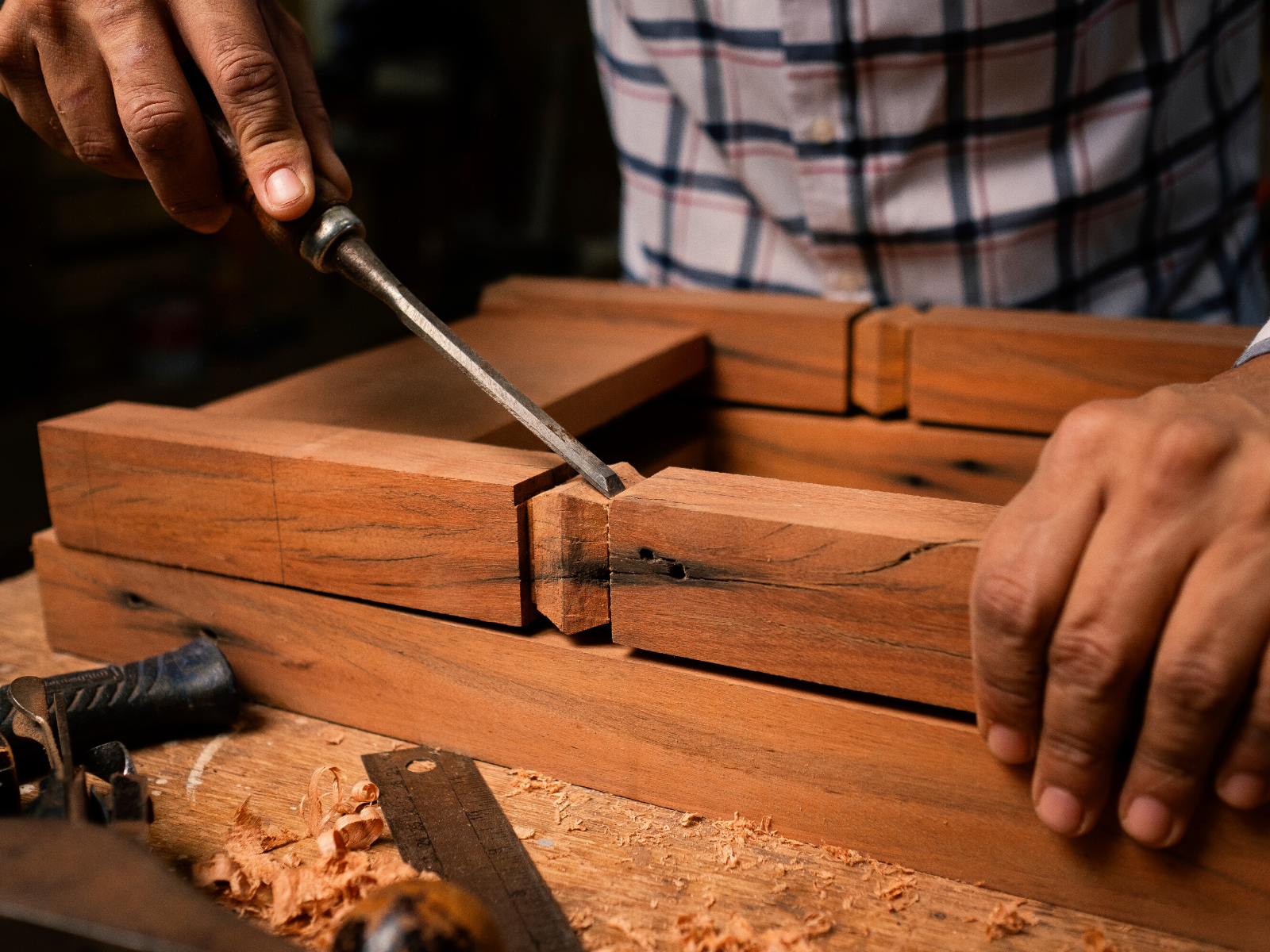
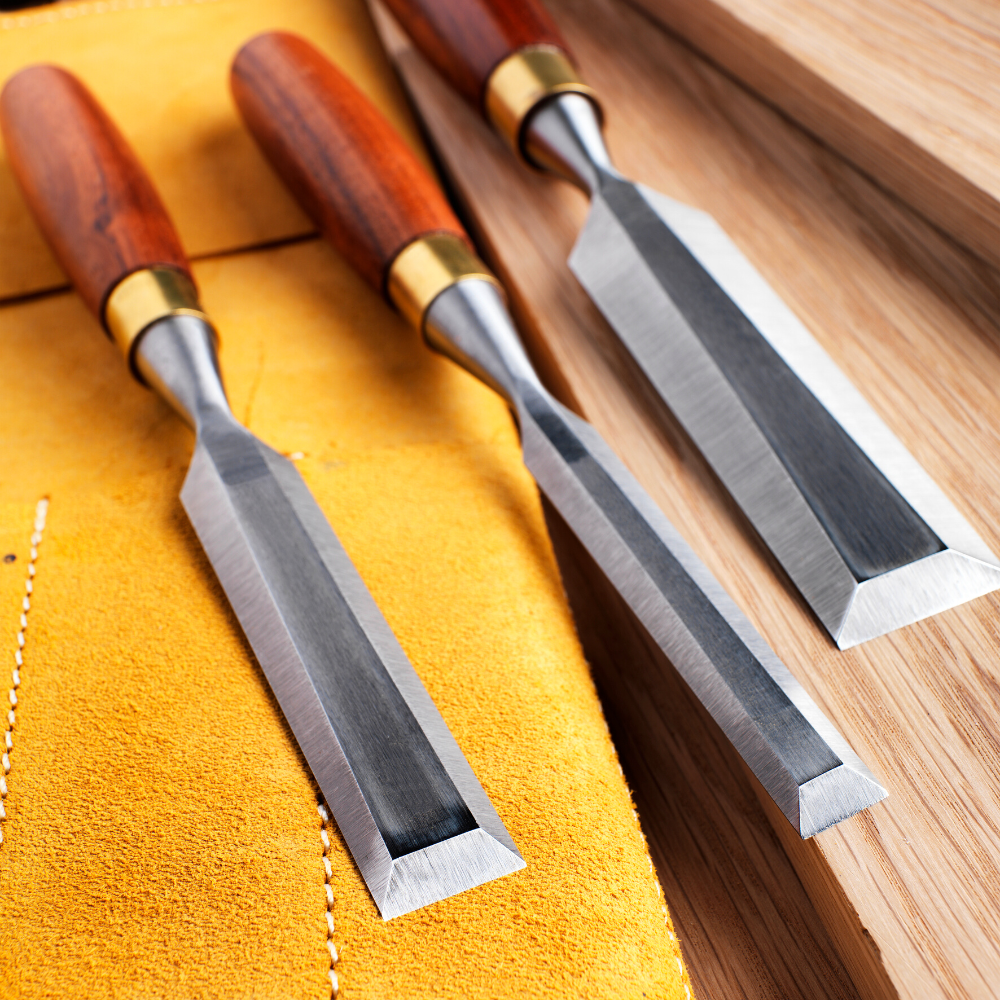
Tools You Need
Before you start your woodworking project, it's important to make sure that you have the right tools.
The tools you need to get started in woodworking depend on what type of woodworking you want to do.
Hand tools are more affordable and require less space than power tools, making them a great option for beginners. Some basic tools you will need include:
- Saw (hand saw or circular saw)
- Chisels
- Hammer
- Hand plane
- Tape Measure
- Level
- Clamps
- Safety Glasses
If you decide to go the power tools route, you will need a few more tools:
- Table Saw
- Drill Press
- Miter Saw (or circular saw)
- Router
- Jigsaw
- Safety Equipment (gloves, ear protection, dust mask)
Make sure to learn how to use each tool properly and safely before starting your woodworking project.
It can be beneficial to practice on scrap wood until you become comfortable with each tool.
The first materials beginners usually use are pine, poplar, and basswood.
These softwoods are easier to work with than harder woods like oak or walnut.
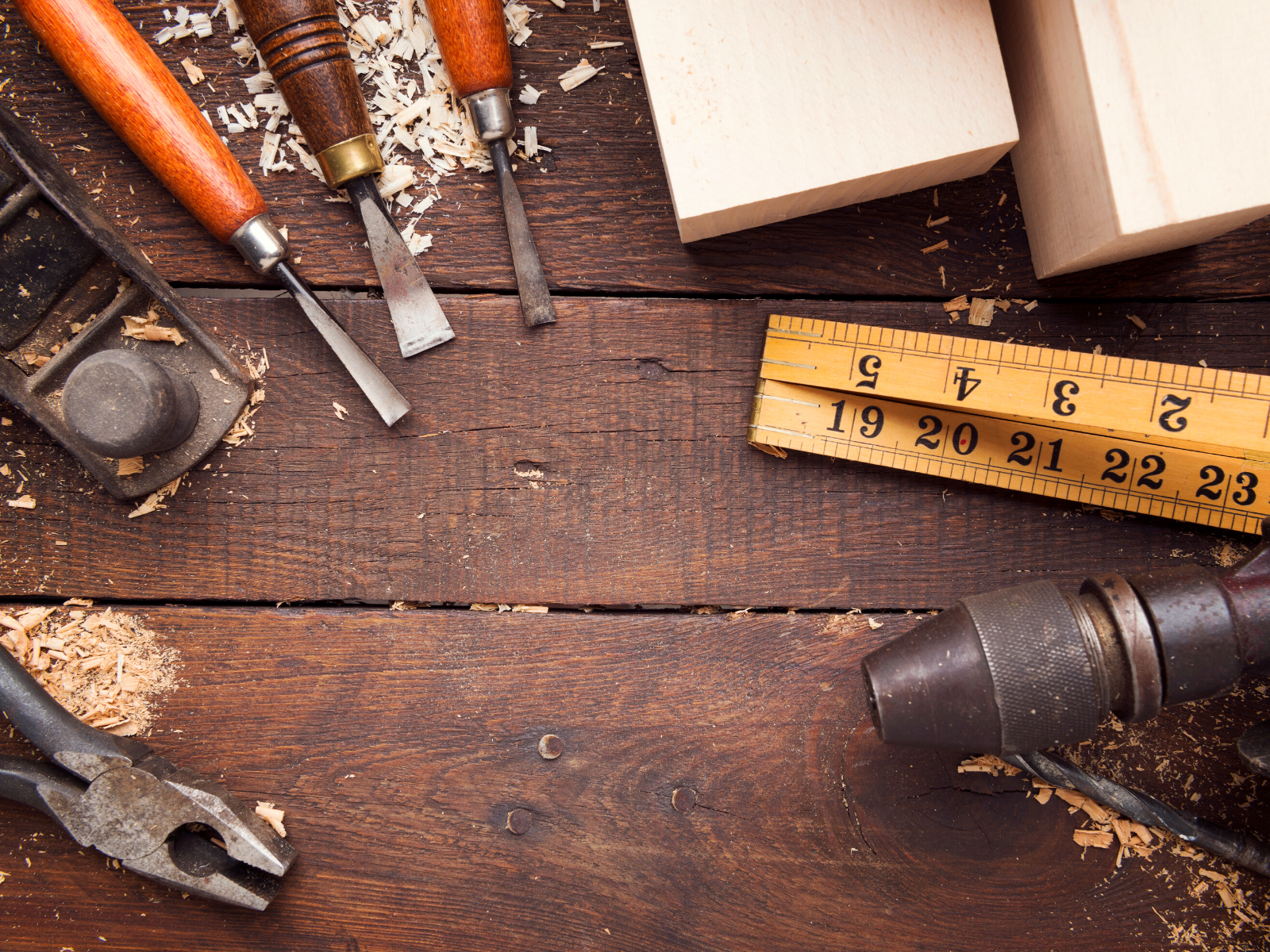


Tips and Tricks for Woodworking Success
Now that you have your tools, it's time to get started on creating beautiful pieces of art.
Here are some tips and tricks to help you along your woodworking journey.
Get Your Tools and Supplies in Order
The first step in starting woodworking is to gather your tools and materials.
Beginners should start with basic tools such as a hammer, saw, plane, chisel, and measuring tape.
You'll also need to stock up on sandpaper and other finishing supplies.
As for materials, start with some affordable woods such as pine or poplar.
You can always move on to more expensive hardwoods once you gain experience.
Draw Out Your Design
Before you start cutting and assembling your wood, it's important to draw out a plan.
This will help ensure that everything fits together properly and will give you a better idea of the finished product.
You can use graph paper or simple software to draw out your design.
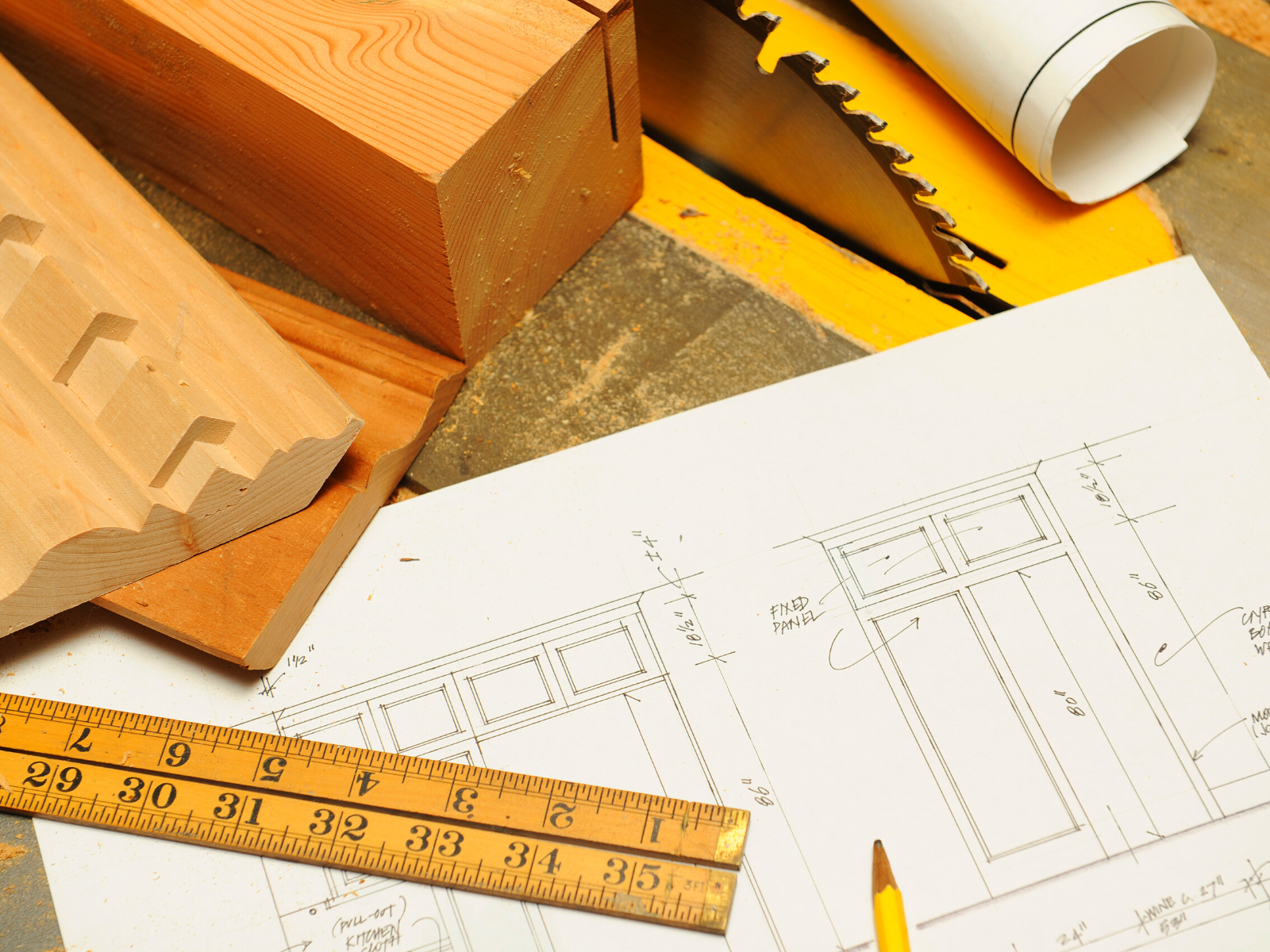
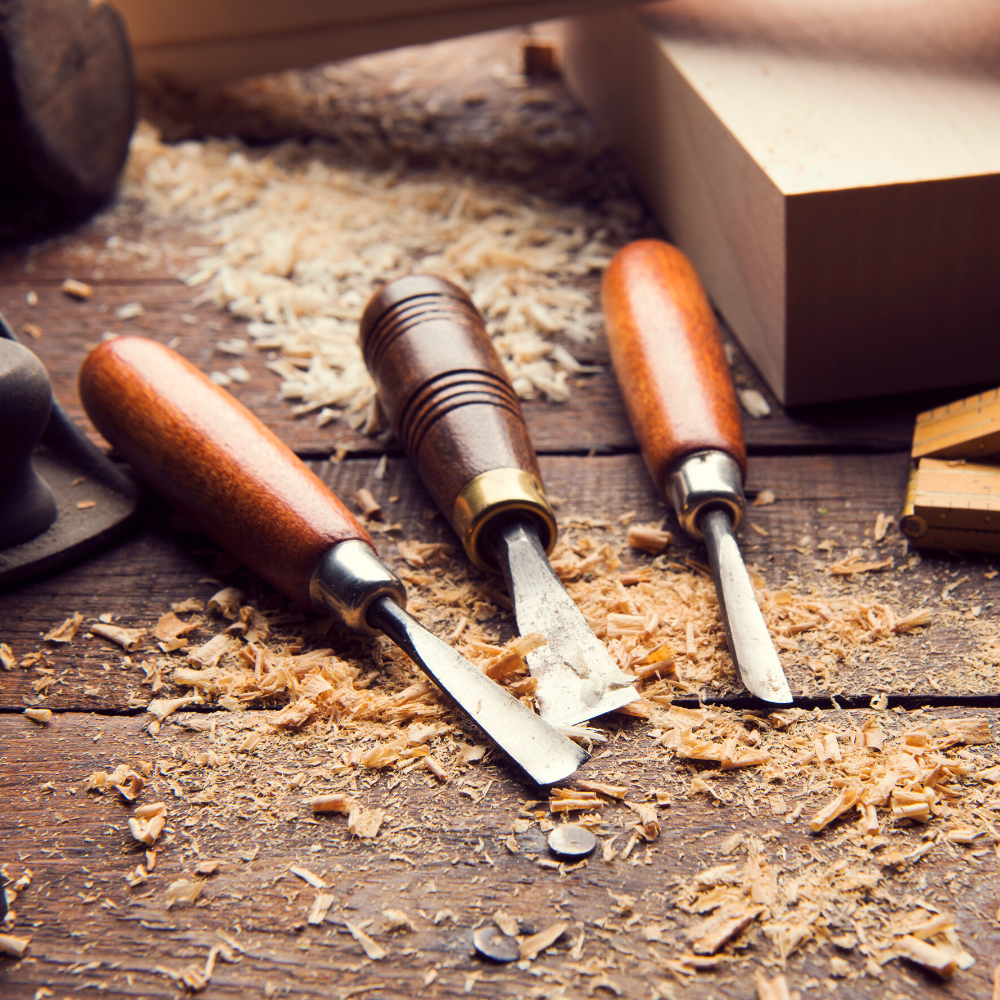
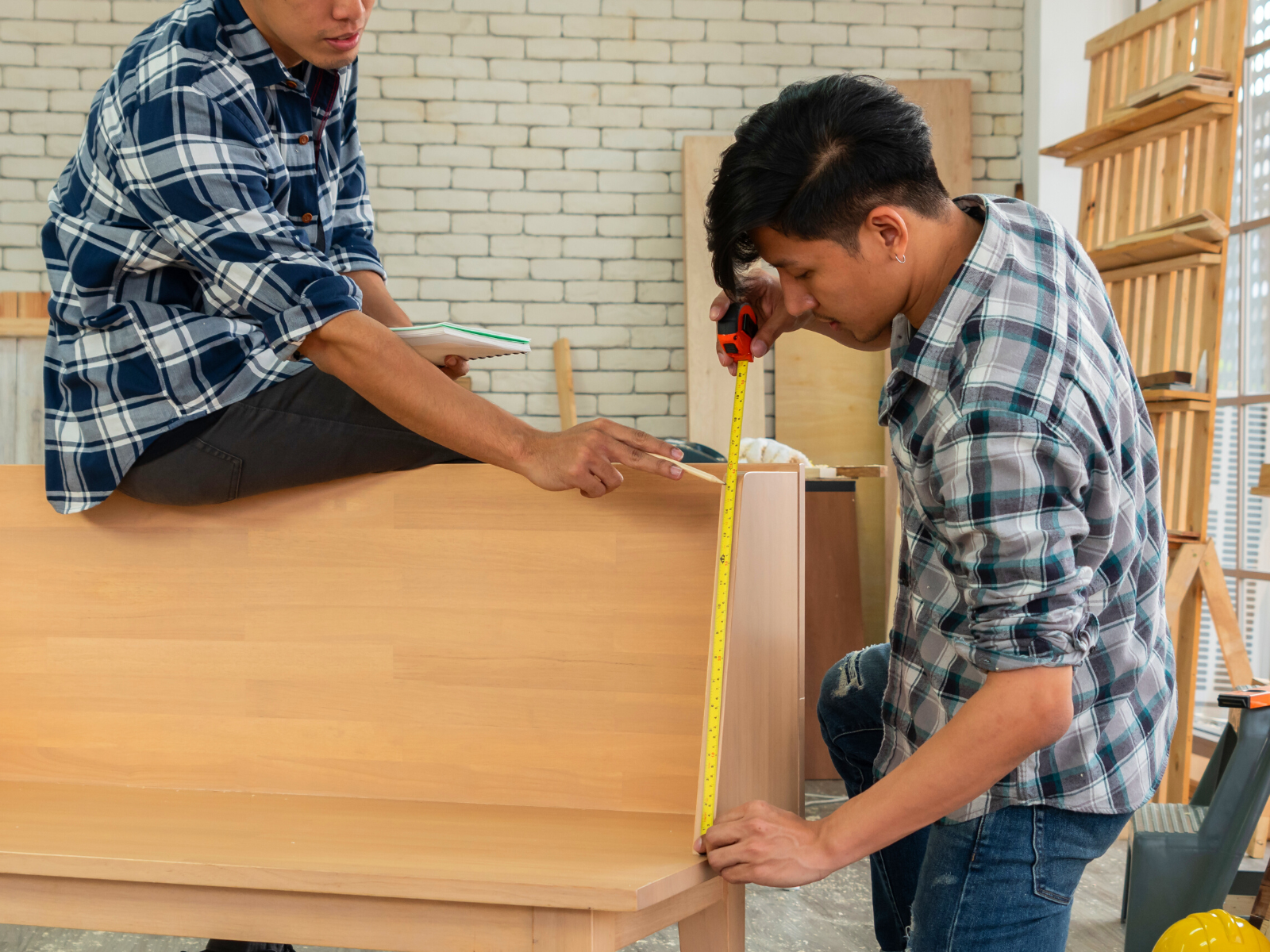
Learn the Basics of Woodworking and Start with Simple Projects
Before diving into your first project, learn the basics of woodworking.
This includes things like how to measure and mark your wood, how to make basic woodworking joints, and how to sand and finish your work.
There are plenty of online resources and classes that can help you learn these basic skills.
It's also important to start with simple woodworking projects when you're just starting out.
A simple project could be a birdhouse or a small box.
These projects will help you get comfortable with your tools and teach you the basics of woodworking without overwhelming you.
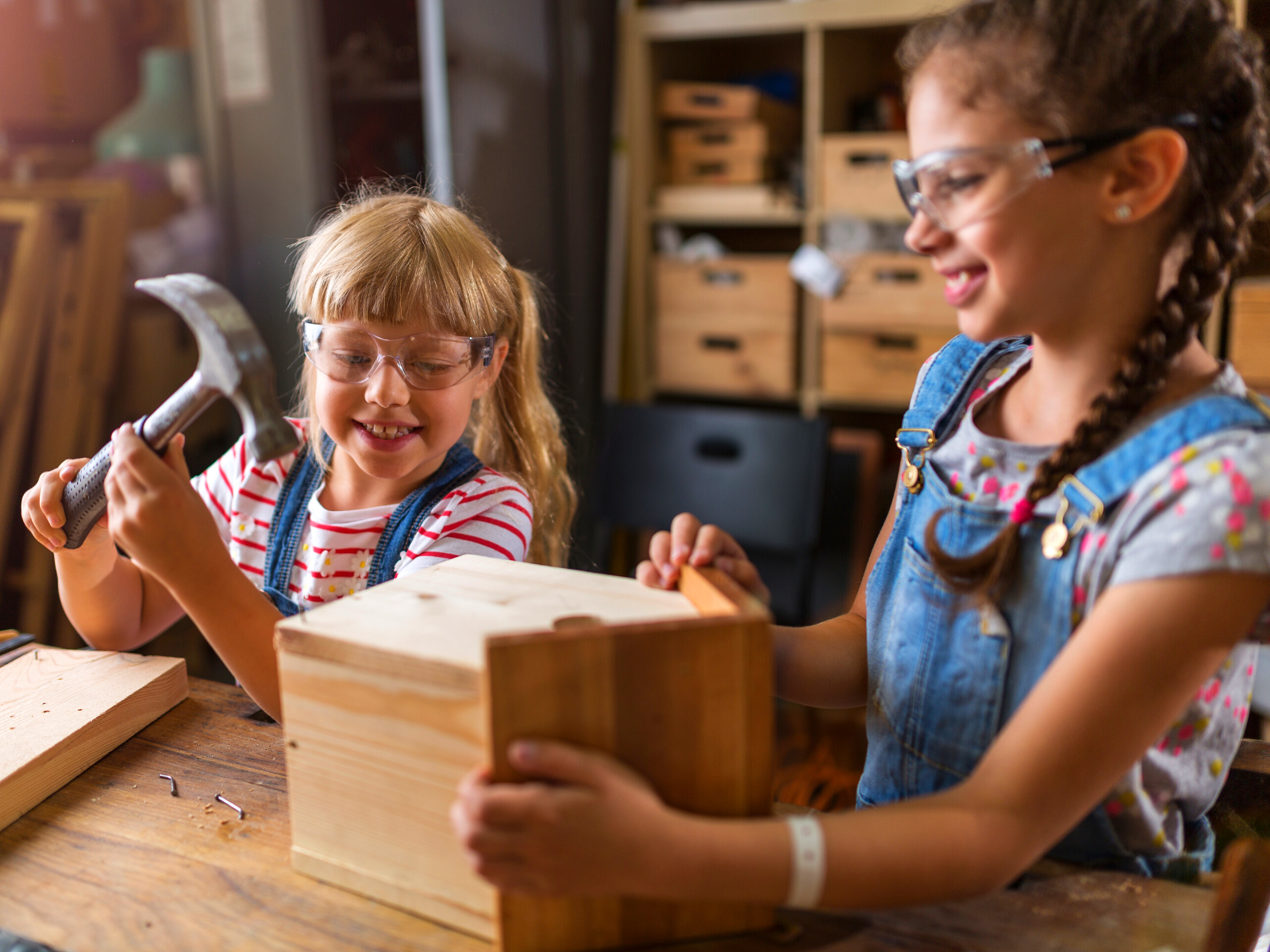

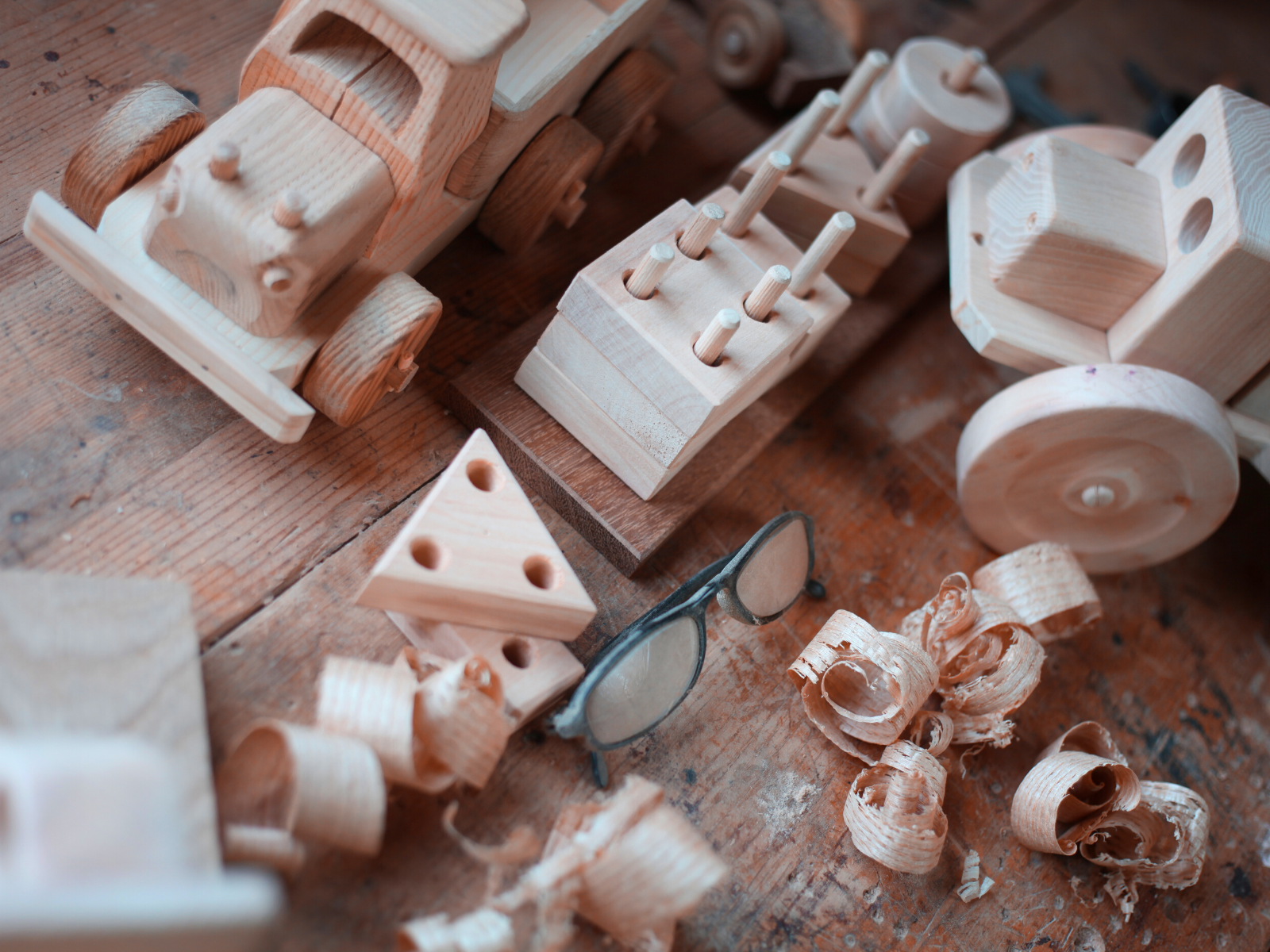
Join a Woodworking Community
Being part of a community of fellow woodworkers can be incredibly helpful when you're just starting out.
You can learn from more experienced woodworkers, get advice, gain inspiration, and share your own experiences.
There are countless online and in-person woodworking communities that you can join.
You can even find local woodworking stores or classes to help you get started!
Home centers and lumberyards are also great places to find advice and help from experienced woodworkers.
Once you have a basic understanding of woodworking, it can be helpful to watch videos of experienced woodworkers.
This gives you a better idea of how the tools work and helps you learn techniques for different types of woodworking projects.
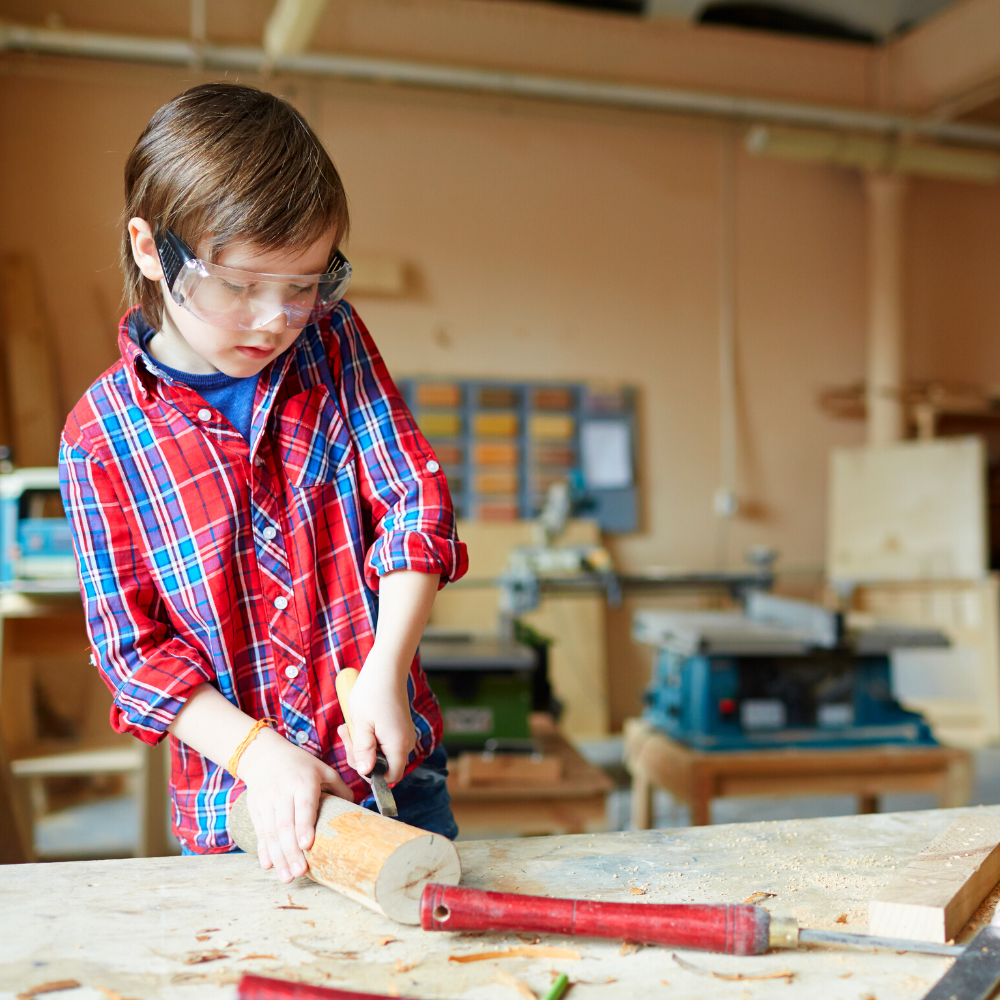
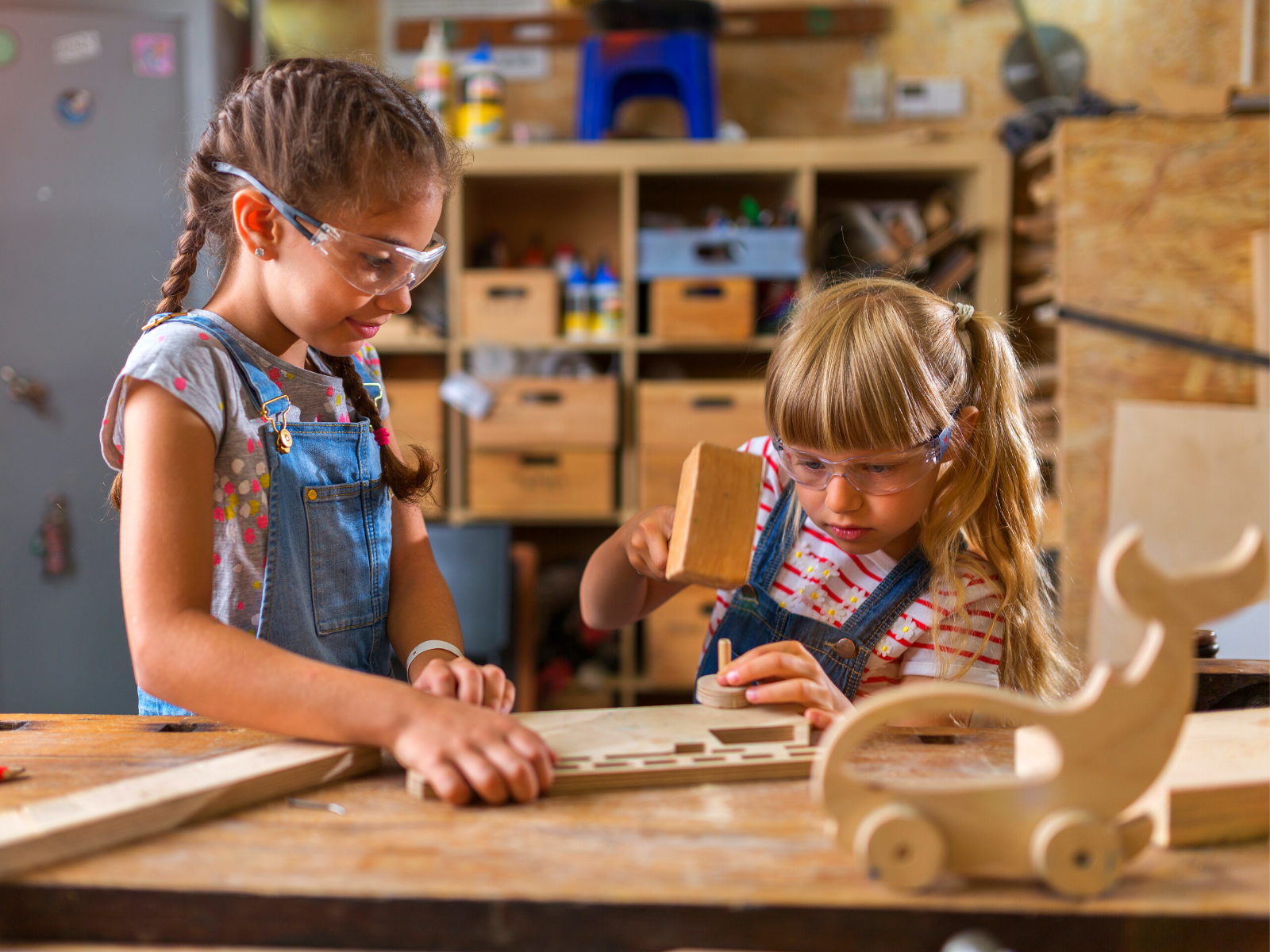

Practice, Have Fun, and Take Your Time
Woodworking is all about having fun and taking your time.
Like any skill, woodworking takes practice.
It's important to take things one step at a time and practice each skill until you're confident in it.
Don't be discouraged if your first few projects don't turn out perfectly.
Keep practicing and honing your skills, and you'll find that your woodworking projects will improve over time.
The more you practice and the more projects you complete, the more confident you'll become in your woodworking skills.
Before you know it, you'll be creating jaw-dropping, one-of-a-kind masterpieces!

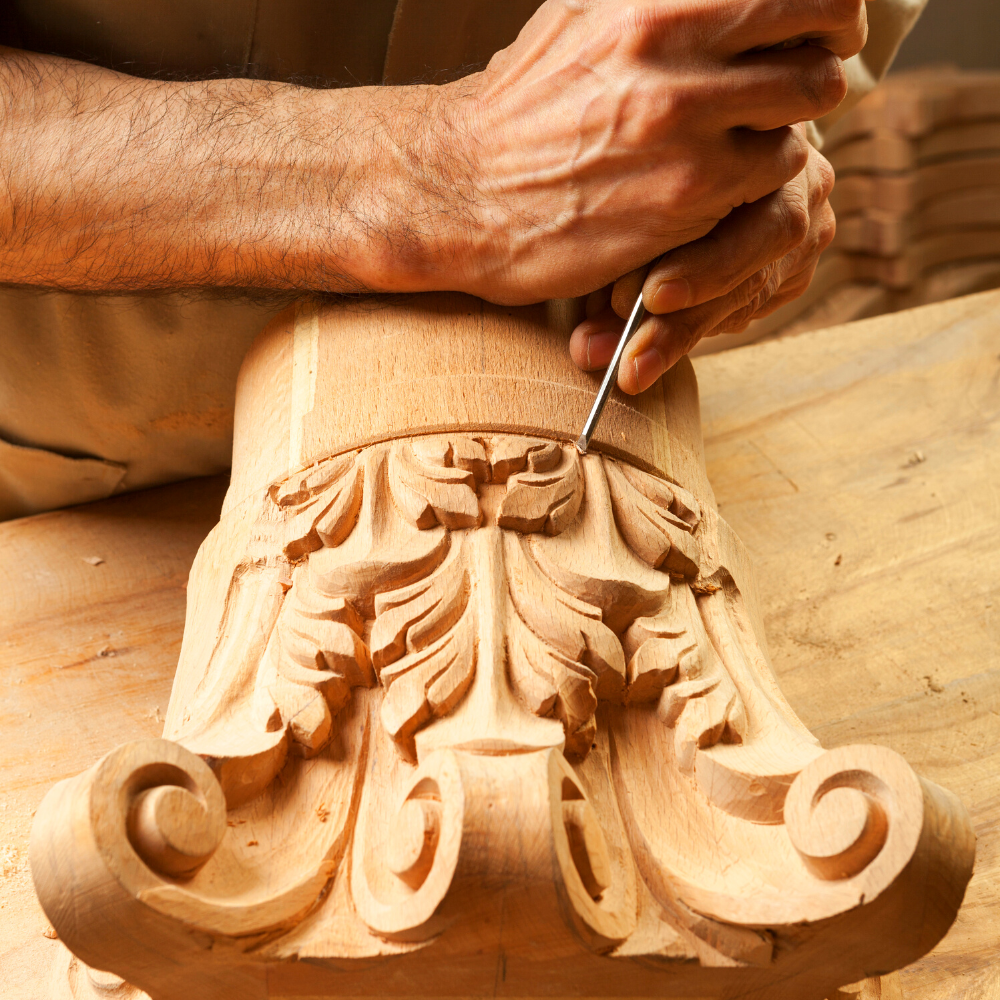
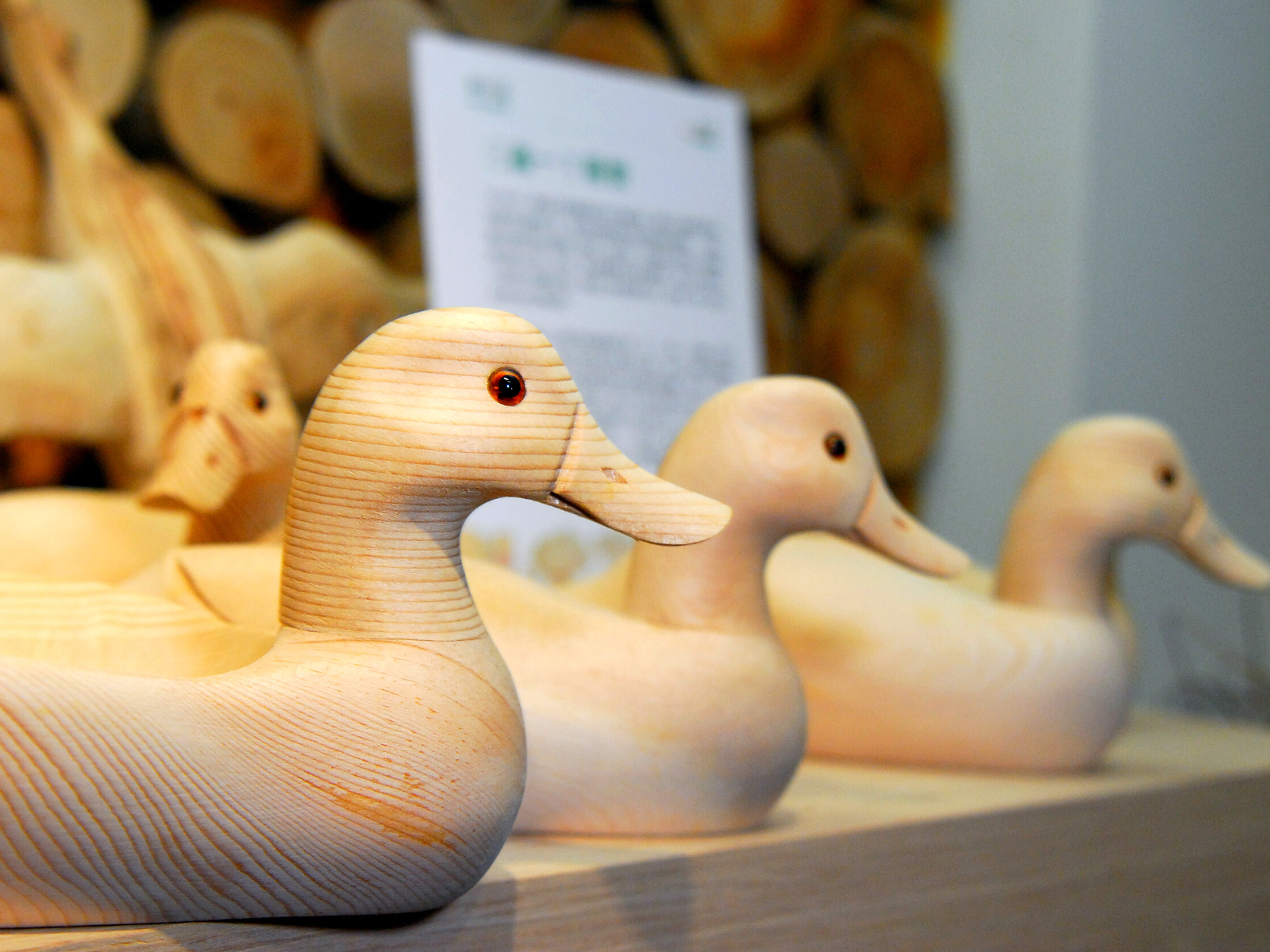
Wonderful Woodworking Masterpiece
Woodworking is a beautiful and rewarding craft that anyone can learn.
From creating furniture to decorative pieces, woodworking offers endless possibilities.
With the help of this guide, you should now have a better understanding of the basics of woodworking, what tools you need to get started, and some tips and tricks to help you along your woodworking journey.
By following this insightful guidance, you can get started on your own woodworking journey with confidence.
The most important thing is to enjoy the process of learning and creating, so don't forget to have fun!
Happy woodworking!
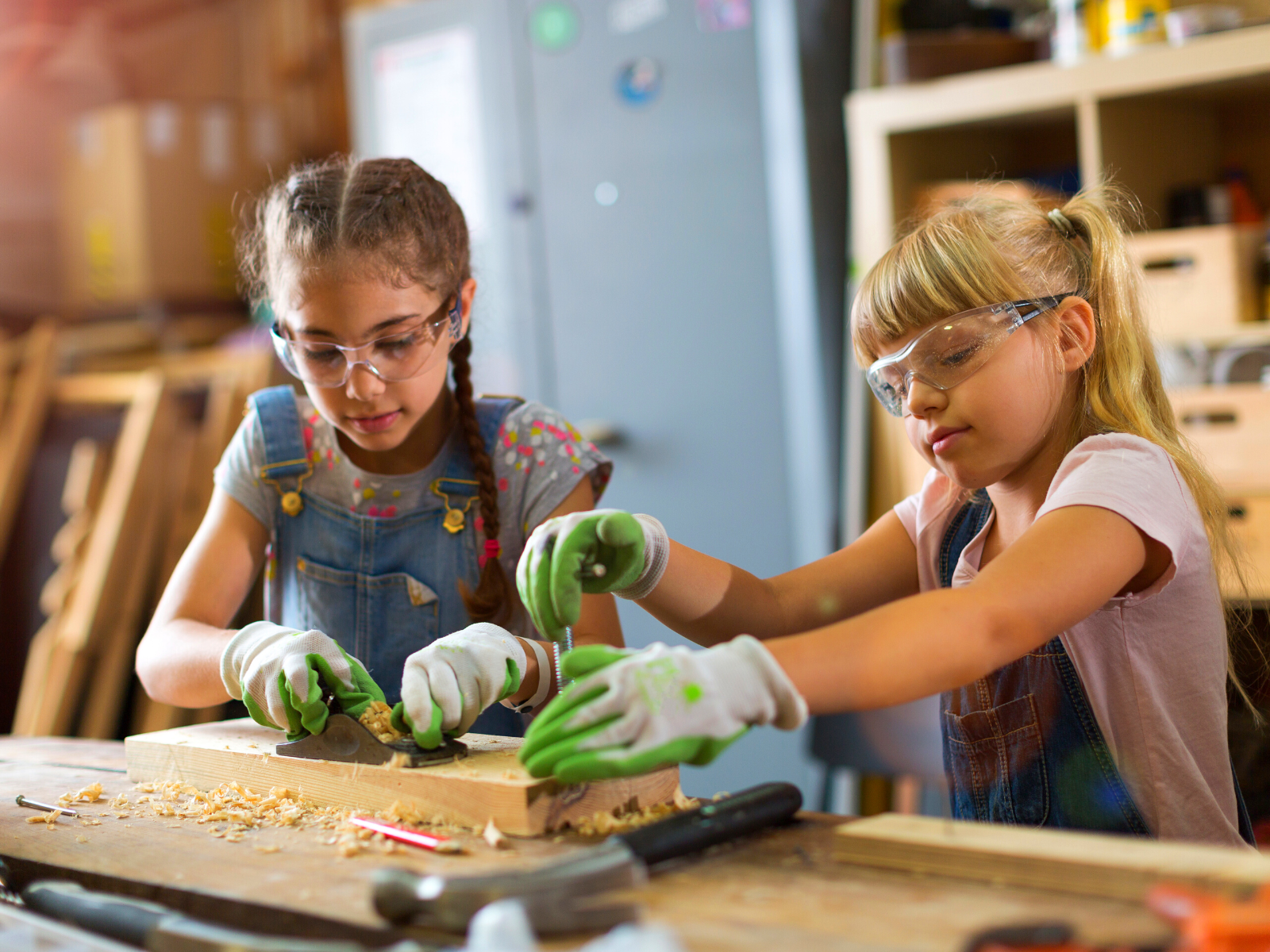
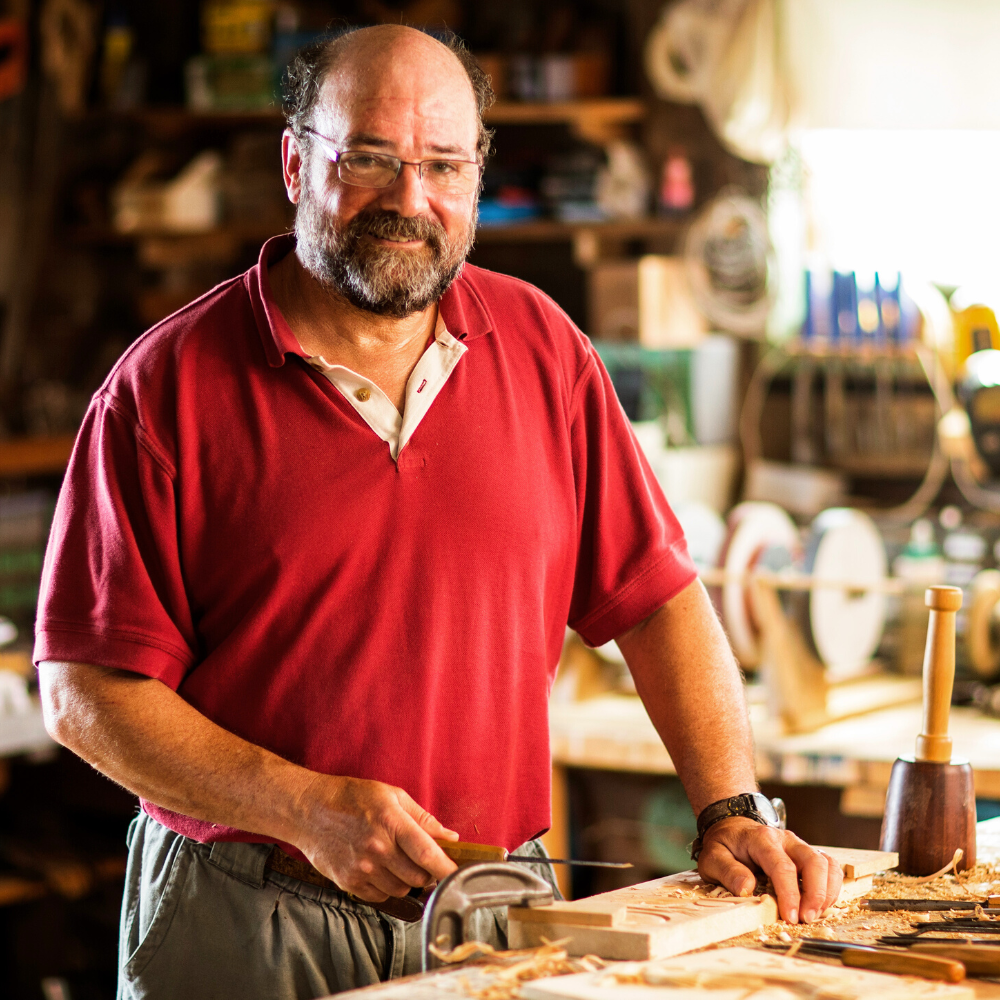
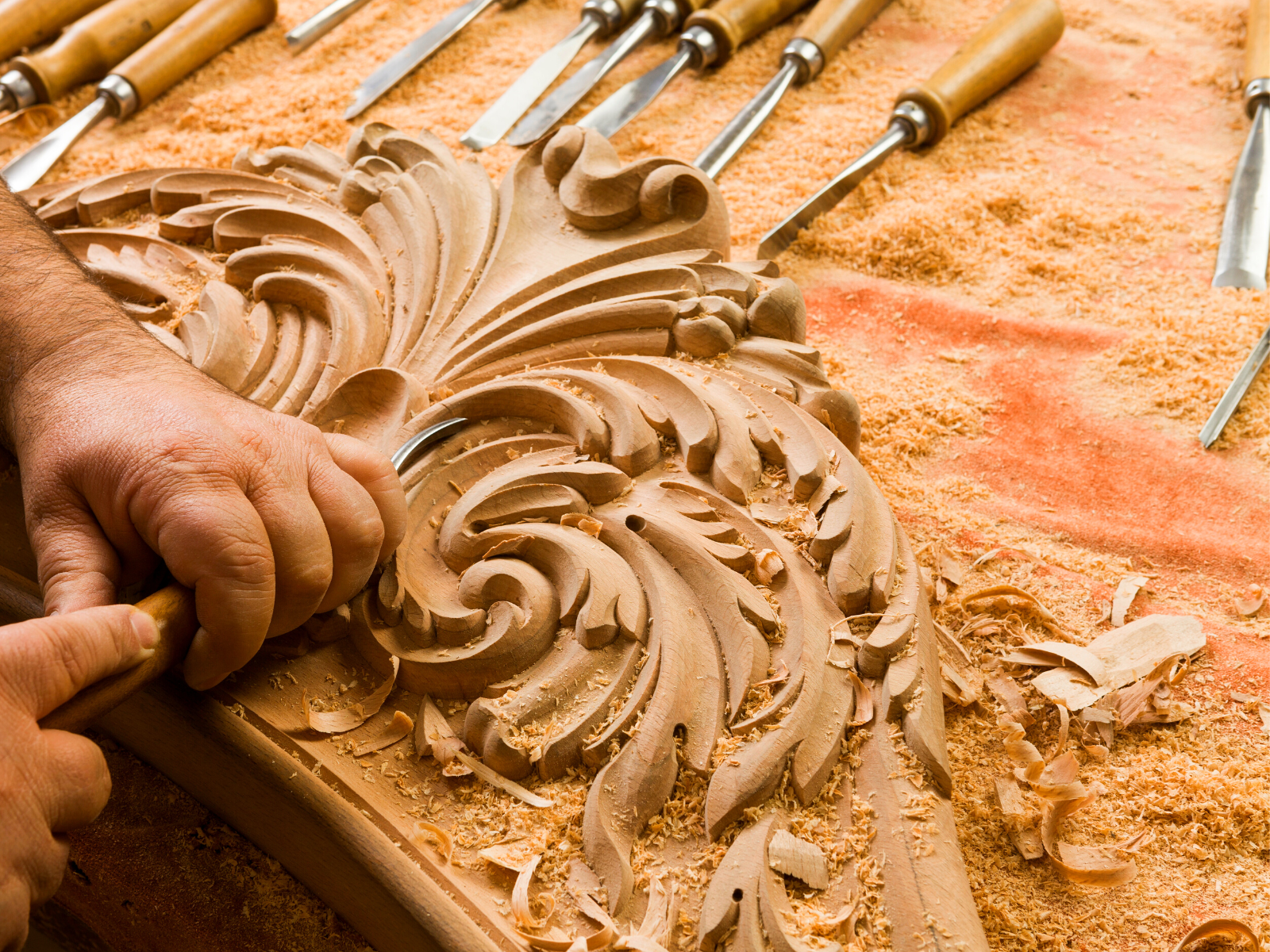
Interested in diving straight into woodworking? Check out Steve Ramsey - Woodworking for Mere Mortals' video!
Want even more content about creativity and art?
Be sure to check out all of our creative chronicles!
Love all things DIY and crafty?
You might want to check out these other craft supply articles:
